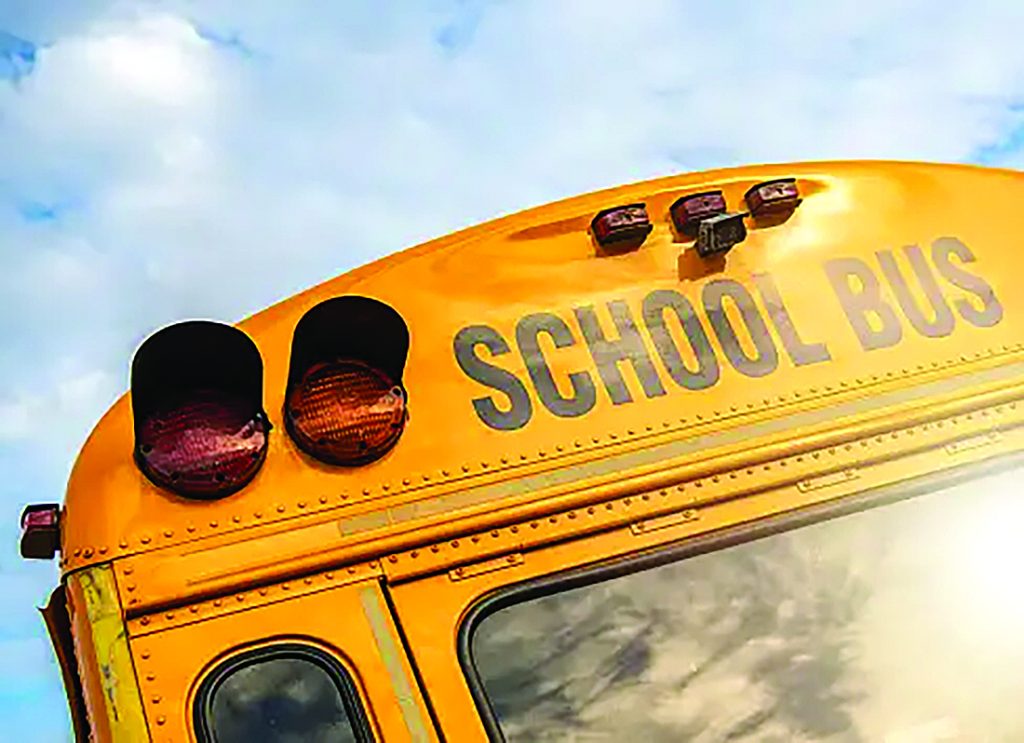School bus driver shortage is persistent problem
News | Published on October 30, 2023 at 1:46pm CDT

By Melanie Stegner
News@pctribune.com
Minnesota schools have been experiencing a bus driver shortage since the pandemic, and the Minnewaska School District is no exception. The issue isn’t anything new, but it’s persistent. The shortage in Minnesota has become a significant concern, impacting the state’s education system and the daily lives of countless students. While this issue is not unique to Minnesota, it has escalated to a critical level in recent years, posing challenges for school districts, parents, and most importantly, the students who rely on bus transportation.
Palmer Bus Service has been providing bussing services to Minnewaska Area Schools since 1999. Forty out of 47 jobs listed on the Palmer Bus Service website are for bus drivers to work in the 26 areas the service operates in.
Several factors have contributed to the school bus driver shortage in Minnesota, but one of the big ones is the licensing and training requirements. Becoming a school bus driver in Minnesota involves obtaining a commercial driver’s license (CDL) with a school bus endorsement. The training process can be lengthy and the cost of obtaining the necessary endorsements and certifications can be prohibitive for some, according to the Minnesota School Bus Operators Association.
The shortage has affected the school district in several areas. Increased stress for parents, inconsistent transportation, overworked drivers, reduced access to education and safety concerns.
Student transportation takes place in various circumstances. Despite the variety, school transportation can be divided into two basic types. They are “to and from” transportation, which refers to transporting students to school and back to their homes or a drop-off/pickup location, and “point-to-point” or “activities” transportation, which refers to transporting pupils to educational activities or school-related programs. To and from transport generally occurs on a regular schedule and fixed route, whereas point-to-point transportation is more likely to be occasional. According to Palmer Bus employee Mark Beasley, “It’s an important job getting students and athletes to and from their events safely and the atmosphere around the coaches and athletes can be exciting. It’s the best part-time job I’ve ever had!” Employees of these organizations who drive may do so professionally (working full-time as a driver), have some amount of driving as part of the person’s job role, or perform driving as an incidental or occasional part of the job. Examples include an employee of a private bus company who transports students to and from school daily, under contract with a school district; a school district employee who is the primary person providing transportation to special events, which is done as part of his or her regular job duties; and a teacher or coach taking a few students in a van to an event, whether regularly throughout the school year or on occasion.
Recent changes to the license testing and inspection process should make some of the requirements easier to meet, according to Lars Ossmo, Glenwood Site Manager for Palmer Bus Service. Basic requirements to get a bus driving license are to be 18 years old for intrastate passenger or school bus transportation, be 21 years of age for interstate transportation, be physically qualified, Complete Commercial Drivers’ License self-certification form and provide a valid U.S. DOT medical examiner’s certificate from a certified medical examiner.
The skills test is divided into three parts, the vehicle inspection, a basic control skills test and a road test. These segments need to be completed in order. The new requirements allow for a shorter vehicle inspection, a smaller footprint for basic control skills and test time may even be reduced. Prior to this change, the inspection process included 66 checkpoints. The new version includes 33.
Palmer Bus Service does their training in-house and has supplemental training available. They will prepare drivers for the written CDL exam, road evaluations, classroom and behind-the-wheel instruction.
The school bus driver shortage in Minnesota is a pressing issue that affects students, parents, and school districts alike. While the causes of the shortage are complex, there are potential solutions to address this problem and ensure that students have access to reliable and safe transportation to school. Minnesota can work toward alleviating this shortage and providing a better future for students with some of the testing changes. The education and well-being of children should remain a top priority and ensuring they have reliable transportation to school is a vital part of that commitment.




